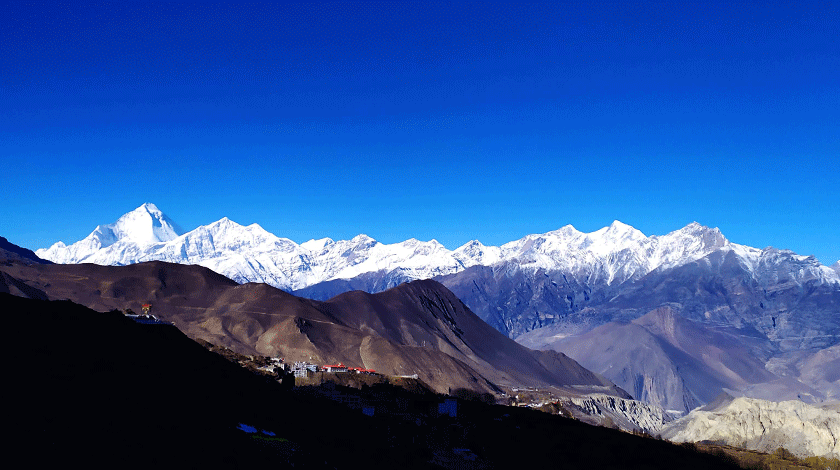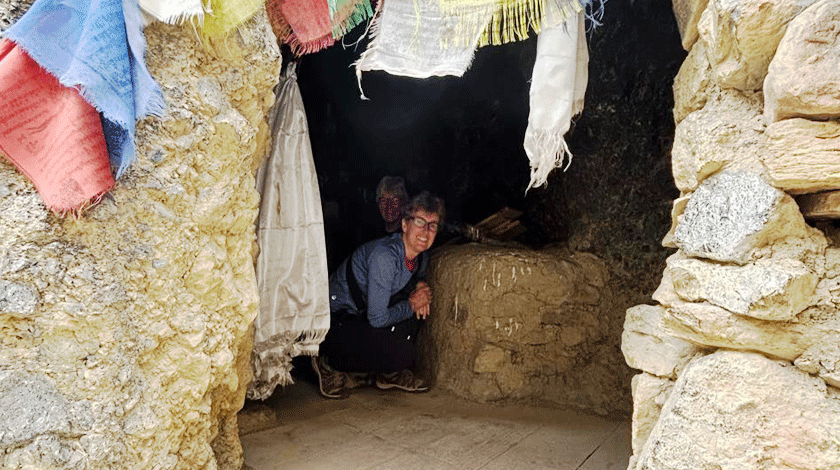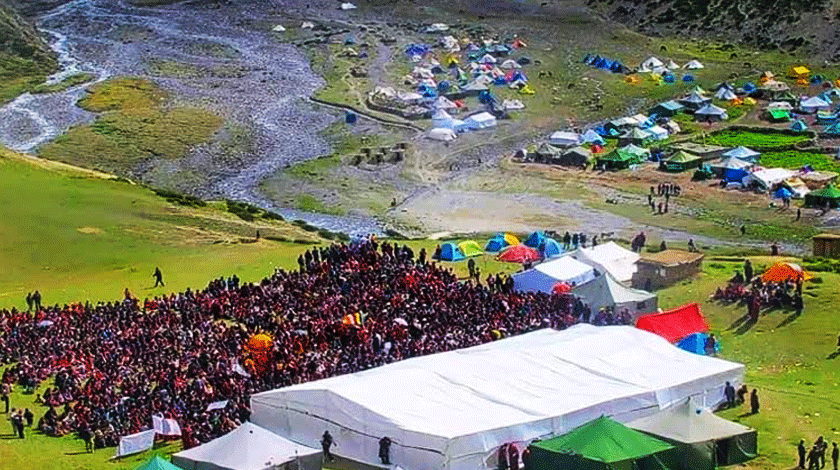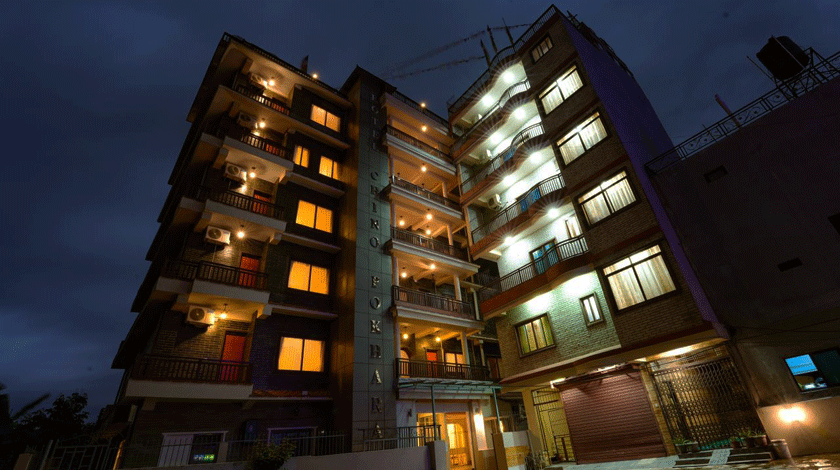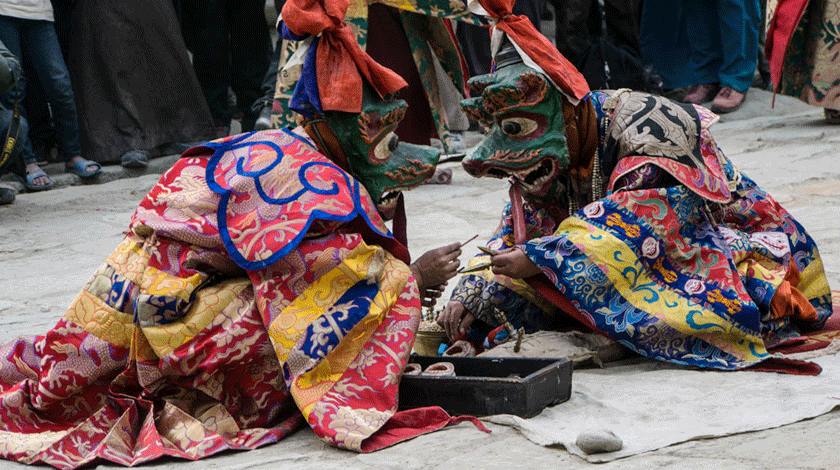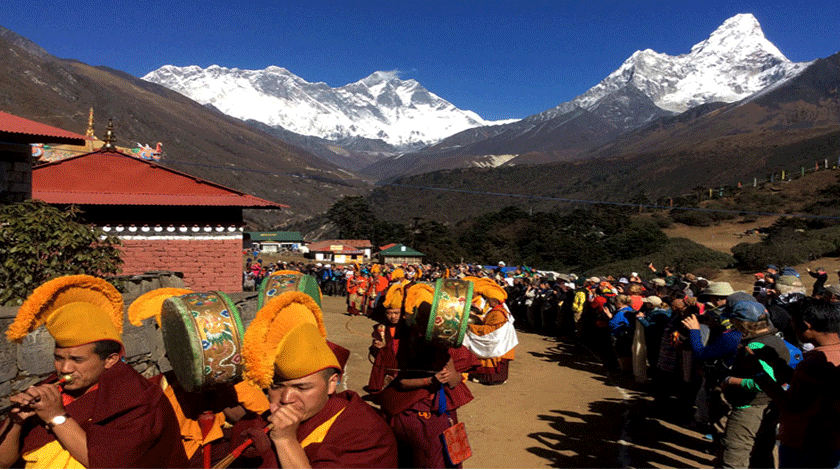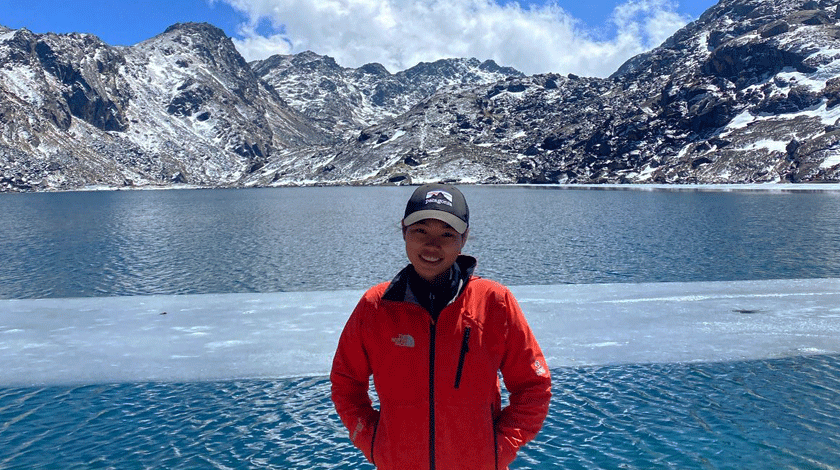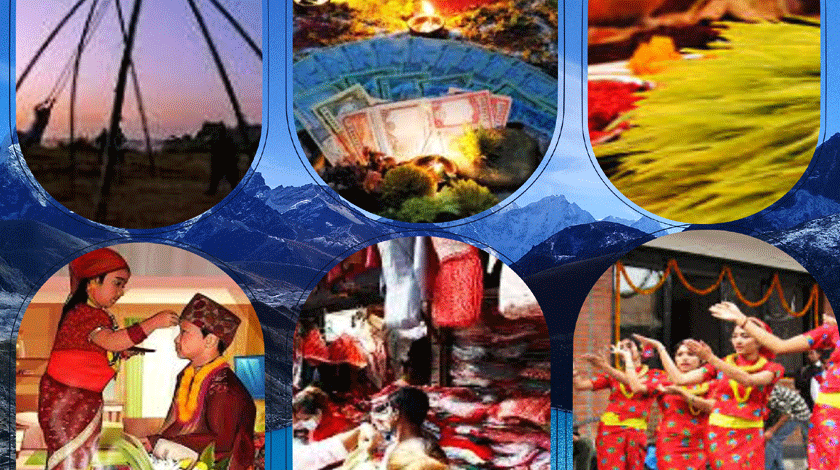Best Time to Climb Island Peak
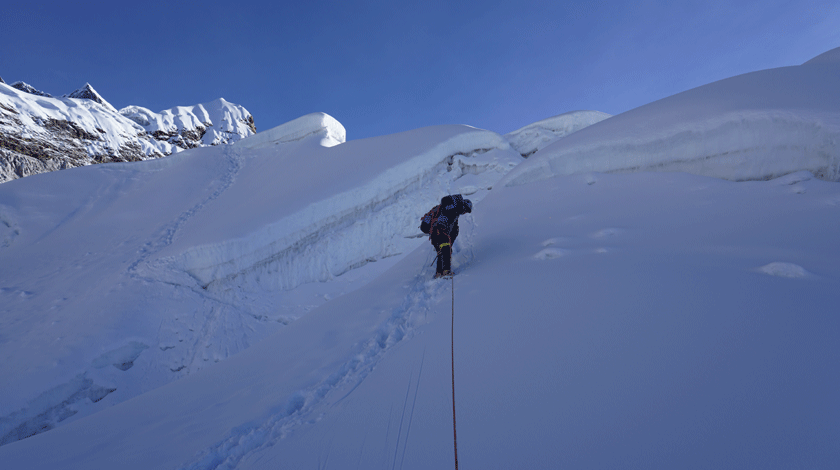
The Best Time to Climb Island Peak
Island Peak, also known as Imja Tse, stands tall at 6,189 meters (20,305 feet) in the heart of the Everest region of Nepal. It is one of the most popular trekking peaks among mountaineers, offering stunning views of some of the world’s highest peaks, such as Mount Everest, Lhotse, Makalu, and Cho Oyu. Due to its accessible nature and relatively moderate difficulty, Island Peak has become a must-do summit for many trekkers seeking an introduction to alpine climbing in the Himalayas.
However, timing your climb to Island Peak is crucial for a safe and successful summit attempt. The weather in the Everest region is unpredictable, and conditions on the mountain can change rapidly. To optimize your chances of success, choosing the right season for your climb can make a significant difference. This article explores the best times to climb Island Peak via Everest base camp, looking into the weather, seasonal changes, and factors that can influence your ascent.
The Short and Best Time to Climb Island Peak
Factors Influencing the Best Time to Climb Island Peak
Before determining the optimal time to climb Island Peak, it’s essential to consider several factors that can influence your experience:
- Weather Conditions The weather in the Everest region is primarily defined by the monsoon and post-monsoon seasons. The best weather for a safe and enjoyable climb is when it’s dry, stable, and not too cold. These conditions are typically found outside of the monsoon season, which begins in June and ends around September.
- Climbing Experience and Safety Even though Island Peak is often considered an introductory peak for those with basic mountaineering skills, conditions on the mountain are challenging. The weather, trail conditions, and the risk of avalanches or frostbite should be carefully considered. Winter weather on Island Peak can add substantial risk due to extreme cold and deep snow.
- Crowds and Logistics The trekking season on the Everest Circuit is busiest from late autumn through early spring, so the popularity of certain dates will affect how busy your trek is. Whether you’re looking for fewer crowds or want to take advantage of the most experienced guides and available services, it’s important to factor in the logistics of the climbing season.
Best Time to Climb Island Peak
1. Spring (March to May)
Spring is widely regarded as the best season to climb Island Peak. The weather during these months is generally stable, and temperatures begin to warm up after the winter cold, without the humidity or snow of the monsoon season. Here’s why spring is a great option:
- Milder Temperatures: Spring temperatures to climb Island Peak are comfortable for high-altitude climbing. The lower temperatures make it easier to handle the strenuous physical requirements of the climb without being exposed to extreme cold, like in the winter months.
- Clear Weather: The skies are often clear and stable in the spring months. Clear weather allows for optimal views from the summit and makes navigation safer. Avalanche risks are typically lower in comparison to winter or monsoon seasons, though caution should always be practiced.
- Pre-Monsoon Conditions: This time falls just before the monsoon season begins, so rainfall or heavy snow is not a common occurrence. The trails and the path to Island Peak remain in good condition for trekking and climbing.
Benefits of Spring:
- Weather conditions are ideal with warmer temperatures and reduced risks of storms.
- Clear skies offer panoramic views of Mount Everest, Lhotse, Makalu, and other surrounding peaks.
- The route is better established with little snow or ice accumulation compared to other times of the year.
Challenges of Spring:
- Higher demand for permits and Female trekking guides, meaning the trek could be busier during this time.
- The occasional snowstorm can cause delays or difficulty on the mountain, so preparation and flexibility are required.
2. Autumn (September to November)
Autumn, particularly from late September to early November, is another excellent period for climbing Island Peak. During this season, the weather is still pleasant, and the conditions are slightly more favorable than in winter. Let’s see why autumn is another peak season:
- Post-Monsoon Dry Conditions: The end of the monsoon in early September means the weather begins to dry up, and by the time October sets in, there’s little to no chance of rain or snow, making for stable and predictable conditions.
- Stable Weather: Autumn brings clear skies, which provide breathtaking and best views of Mount Everest and the surrounding peaks. Since the snowfall from the monsoon season has melted, there is less chance of ice accumulation on the summit or the trail.
- Fewer Crowds than Spring: While autumn is still a popular climbing season, it is generally quieter than spring. As a result, there may be fewer trekkers on the trail, meaning you can enjoy a bit more solitude.
Benefits of Autumn:
- Stunning weather and views of the snow-capped peaks.
- Stable conditions with little snow on the trails or summit.
- Moderate number of trekkers, which allows for a more peaceful experience compared to spring.
Challenges of Autumn:
- Cold temperatures can begin to set in by late autumn, particularly at higher altitudes, making climbing slightly more difficult.
- Availability of guides and porters may decrease as the trekking season comes to an end.
Time to Avoid Climbing Island Peak
While the spring and autumn seasons are ideal for climbing Island Peak, certain times of the year present challenges. It’s important to avoid these months for your safety and comfort.
1. Monsoon Season (June to September)
Climbing Island Peak during the monsoon season is not advisable due to the heavy rainfall and constant risk of storms in the region. The high moisture content during this season increases the chances of landslides and avalanches. Snow conditions are unstable at higher altitudes, making the climb more dangerous. Here are the main reasons to avoid monsoon climbs, however, it is a doable Monsoon trek:
- Heavy Rain and Storms: The monsoon season brings frequent storms to the region, resulting in poor visibility and challenging conditions. Rain makes trails slippery, and the mountain itself may be coated in ice or packed snow, creating avalanche risks.
- Higher Risk of Landslides: The heavy rain and subsequent runoff can make the mountain trails, including those to Island Peak, prone to mudslides and falling rocks, especially in steeper regions.
- Climbing is Slower and Riskier: Wet conditions slow down climbers, and snowstorms can restrict the use of certain routes or cause delays that impact your overall timeline.
2. Winter (December to February)
Climbing Island Peak during the winter months can be extremely difficult, though some experienced climbers do attempt it. It is advisable to postpone your climb if you’re inexperienced or lack advanced skills. The major risks include:
- Extreme Cold: At this time of year, temperatures on Island Peak can drop far below freezing, making the climb extremely challenging due to severe frostbite and the risk of hypothermia.
- Heavy Snow: While not as much as the monsoon season, the winter months still carry risks of snowstorms, which could delay the climb and hinder visibility. Snow makes the summit routes more treacherous.
- Less Support: Fewer trekking agencies operate during the winter due to the low number of trekkers, which might mean more difficulty arranging logistics and securing permits and support.
Conclusion
When planning to climb Island Peak, your choice of the season will impact both your experience and your safety. Spring (March to May) and autumn (September to November) are the two best seasons for Island Peak climbs, offering the most stable and favorable weather conditions. These months ensure excellent views, clear skies, and reduced avalanche or snowfall risk, crucial for a successful and safe ascent.
However, it’s essential to keep in mind your fitness, climbing experience, and personal preferences. If you’re new to mountaineering, choose spring for slightly milder conditions. If you prefer a quieter and more peaceful trek, autumn is a good option. For both seasons, be prepared for possible challenges due to high altitudes, and always work with an experienced team of guides and porters who know the mountain.
Avoid attempting the climb to Island Peak during the monsoon or winter months unless you’re highly experienced in extreme conditions and mountain climbing techniques. Timing is everything for a successful climb of Island Peak, and with careful planning, you can embark on an adventure of a lifetime.


